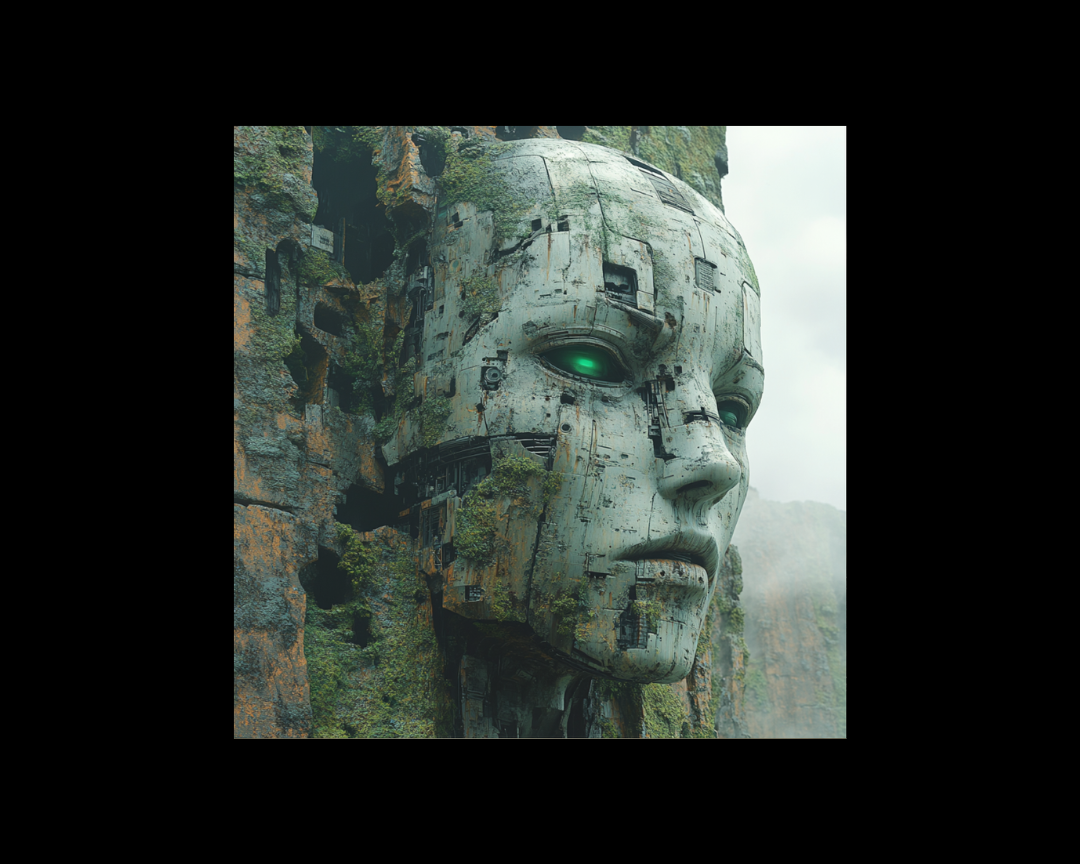Does AI Kill Slow Mode?
Technical writers who thrive in “slow mode” may feel increasingly out of sync in an AI-saturated world. AI accelerates the writing process, offering...
4 min read
 Writing Team
:
Mar 2, 2025 1:02:54 PM
Writing Team
:
Mar 2, 2025 1:02:54 PM
-2.png)
The technical writing profession stands at a crossroads. As AI tools become increasingly sophisticated, technical writers face a fundamental question: adapt to working alongside AI or risk becoming obsolete. This challenge isn't just theoretical—it's already reshaping how documentation teams operate and how organizations value technical communication professionals.
The reality is that AI adoption in technical writing isn't optional anymore. When one writer can fix 25 documentation bugs using AI in the same time it takes another to fix 5 bugs manually, the economic incentives become impossible to ignore. Companies naturally gravitate toward solutions that reduce costs while maintaining acceptable quality.
This trend mirrors what we've seen with AI models themselves. When a more affordable AI model (like DeepSeek) emerges that performs nearly as well as premium options, organizations quickly shift their resources to the more cost-effective solution. In documentation, if AI can reduce the cost per documentation fix from $20 to $1, few companies will hesitate to embrace that efficiency.
As some technical writers demonstrate impressive productivity gains through AI integration, others will face increasing pressure to follow suit or risk being left behind—much like how competitive forces drive adoption of controversial technologies in other fields.
Despite these pressures, the future for technical writers isn't necessarily bleak. The key lies in focusing on tasks that extend beyond what AI can accomplish with minimal human direction.
Instead of becoming mere operators who feed prompts into AI systems and pass the results to subject matter experts for review, technical writers can elevate their work to tackle more complex documentation challenges that require significant human expertise, creativity, and project management skills.
Here are several areas where technical writers can focus to demonstrate their unique value beyond what AI alone can provide:
Creating new types of documentation that haven't been previously implemented can deliver exceptional value. For example, developing comprehensive visual documentation like API element tree diagrams might require AI assistance to build, but the conceptualization, design decisions, and integration with existing documentation require significant human expertise.
Such innovative formats often become instant hits with users precisely because they solve problems in ways that standard documentation hasn't previously addressed.
High-quality getting started guides and API tutorials are frequently deprioritized in favor of basic documentation necessities. Yet these materials often provide the greatest value to new users. Creating effective onboarding experiences requires:
While AI can help generate content sections, orchestrating the entire experience from start to finish requires deep product knowledge and instructional design skills.
Technical writers can expand their value by developing systems that ensure documentation consistency and accuracy:
These systems improve documentation quality at scale while demonstrating the technical writer's engineering value.
The persistent challenge of aligning marketing messaging with technical documentation presents another opportunity. Technical writers can develop materials that effectively communicate product capabilities in technically accurate ways while maintaining engagement:
This work requires deep understanding of both technical accuracy and effective communication principles.
Rather than viewing AI as a replacement threat, technical writers can develop strategies for effective collaboration with these tools:
One approach is using AI for initial drafts and then applying human expertise for refinement. While simply asking AI to "make it better" multiple times has limited benefits, inserting human judgment between iterations creates substantial improvements.
The most effective process typically involves:
This approach leverages AI efficiency while maintaining human direction and quality control.
Tools like Grammarly's AI editor exemplify a more productive integration model. These tools:
This granular approach preserves the writer's ownership of the content while improving efficiency.
Understanding AI's limitations helps technical writers focus their efforts where human expertise adds the most value:
AI excels at predictable patterns but struggles with innovative approaches to documentation problems. When creating documentation that hasn't been done before, human conceptualization remains essential.
While AI can generate plausible-sounding technical content, ensuring accuracy across an entire documentation set still requires human verification. This is especially true for complex technical products or those with unique architectures.
Identifying what users actually need—rather than what they ask for—remains a uniquely human skill. Technical writers bring empathy and observation skills that help create documentation that solves real user problems.
Determining when documentation is "good enough" versus when it requires additional refinement is nuanced. Technical writers bring judgment informed by experience, user feedback, and organizational goals.
The most successful technical writers will neither reject AI nor surrender completely to it. Instead, they'll develop a partnership approach where:
The integration of AI into technical writing isn't just inevitable—it's already happening. Rather than resisting this shift, technical writers can embrace it by focusing on the complex documentation challenges that truly demonstrate their value.
By leveraging AI for appropriate tasks while concentrating human effort on innovative documentation formats, comprehensive user experiences, and documentation systems development, technical writers can evolve their role beyond what AI alone can achieve.
The future belongs to technical writers who view AI not as a replacement threat but as a powerful tool that frees them to tackle the documentation challenges that make the greatest impact on users and organizations.
-2.png)
Technical writers who thrive in “slow mode” may feel increasingly out of sync in an AI-saturated world. AI accelerates the writing process, offering...
-4.png)
Your technical documentation is probably your biggest untapped SEO opportunity, and you don't even know it. While marketing teams obsess over blog...

Developer ecosystems have become indispensable for business growth. But the backbone of these ecosystems? High-quality technical documentation and...